Not gonna lie, I didn’t think that this was going to be a question I’d have to ask so soon. But, in the past few months a couple of interesting things happened that made me really think about the high-end flagship processor so many of us often covet in our smartphones.
If you had asked me or anyone in the SoyaCincau office this a couple of years ago, we would have definitely said yes. After all, I didn’t think that there was any substitute for the raw performance that a flagship chip could bring to the table. And for the most part, enthusiast-friendly brands like Xiaomi, Honor, Realme and the lot have always striven to deliver on these goods.
The goal, it felt like, was always to get the most powerful processor into the lowest price bracket possible–choosing instead to sacrifice on as many other “unnecessary” features as they could.
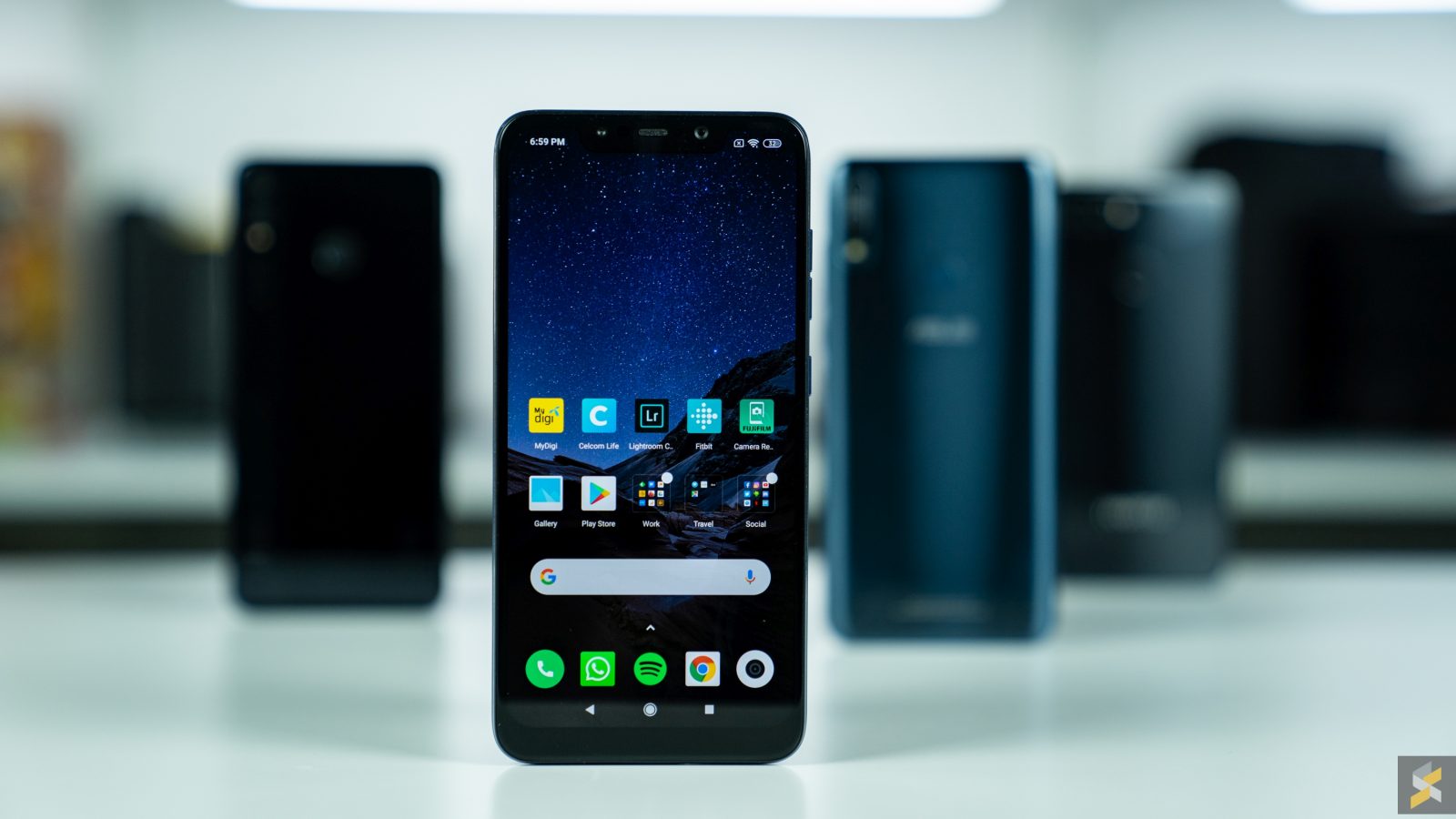
Democratisation of power
Famously, Xiaomi spin-off brand Pocophone did that with their debut smartphone, the legendary Pocophone F1. It was certainly not the perfect smartphone, but it earned its critical acclaim from the fact that the handset was able to bring a high-end flagship Snapdragon 845 processor down to the price point of an affordable mid-range device. The Pocophone F1, at launch, retailed for RM1,299 in Malaysia, which was nuts.
Naturally, everyone reveled in this democratisation of smartphone power. Suddenly, owning a phone with the high-end power of a RM4,000 flagship handset wasn’t completely out of the average Joe’s reach anymore.
Of course, before Pocophone came along and made waves, anyone who has been following the scene will know that brands like Xiaomi and Honor have been doing the whole amazing performance-per-ringgit smartphone game this entire time. In fact, that’s pretty much how the current fourth-largest smartphone maker in the world gained most of its cult following.
Then, suddenly, at the end of last year came one of the most perplexing device duos I’ve ever seen out of Xiaomi: the Xiaomi Mi Note 10 and Mi Note 10 Pro.
The anomaly
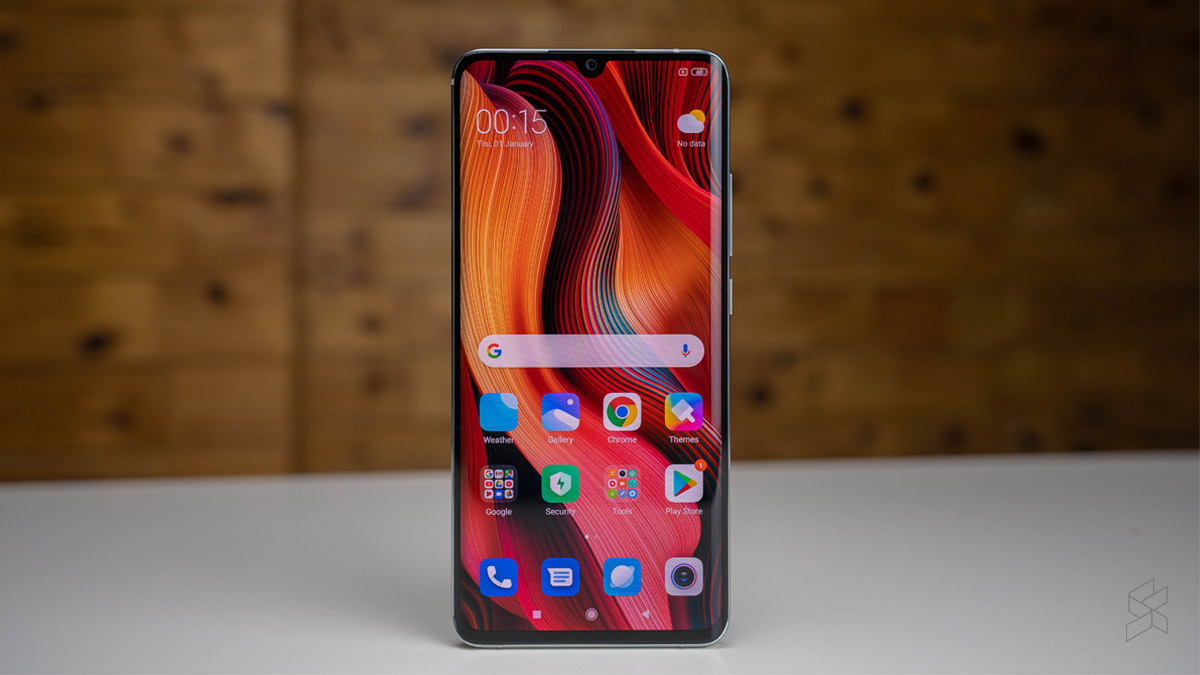
Remember, Xiaomi pretty much built their entire brand on the fact that they made great phones at affordable price points, almost always punching above their category. But suddenly, with the Mi Note 10 Pro, the company had a smartphone that retailed for RM2,499 but was only powered by a mid-range Qualcomm Snapdragon 730G processor. That, I believe, makes it the most expensive Snapdragon 730 smartphone (G or otherwise) you could buy in Malaysia, tied with the Galaxy A80.
I never thought I’d see the words “most expensive” used to describe a Xiaomi smartphone, especially something that was designed to operate in what is effectively the mid-range sector.
But I thought that was just an anomaly. Like, the universe would correct itself with the next release–companies are allowed to experiment and make mistakes. That was, until I saw Pocophone launch the Pocophone X2 (basically a rebadged Redmi K20) which I thought at the time was a smartphone that absolutely went against everything I thought Pocophone stood for as a brand.
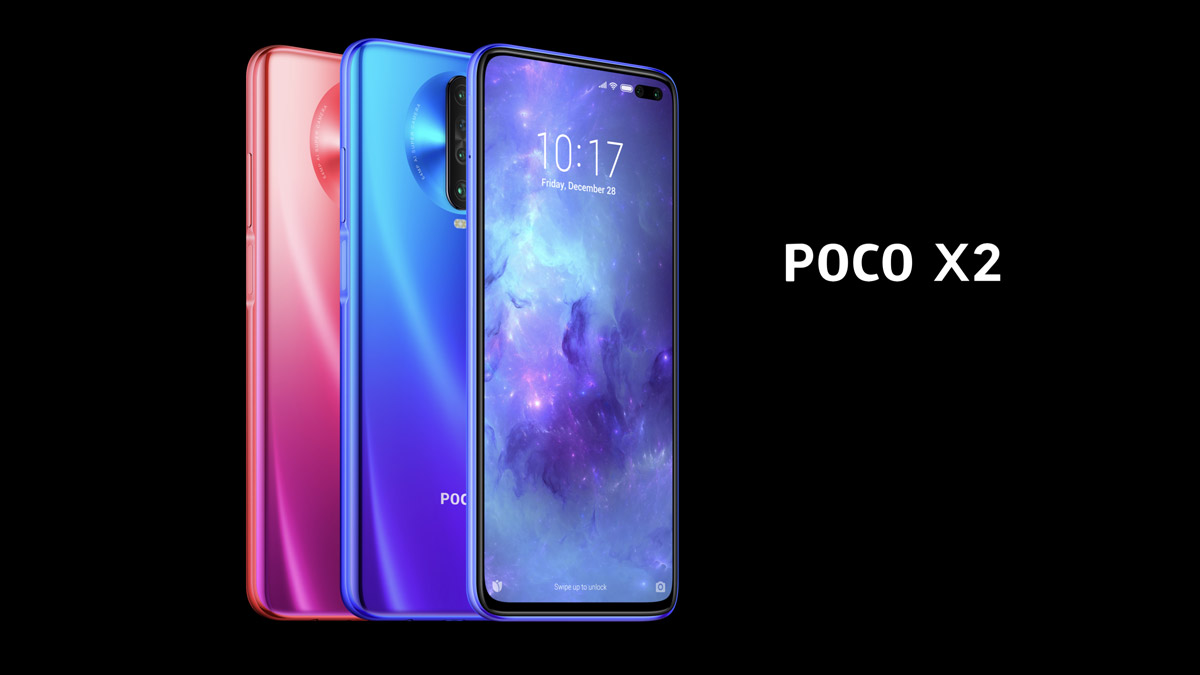
Pocophone was supposed to make phones that only had the essential components their fans (which at the time were really only enthusiasts) wanted, without the fluff. So, as a fellow enthusiast and someone who was a fan of the Pocophone F1, I was absolutely disappointed that it looked like the company had traded raw performance for what I still think is a non-essential 120Hz screen on the Pocophone X2. My first reaction was: why not build the X2 with a Snapdragon 855 and a regular 60Hz screen instead?
After all, beyond the smooth scrolling, there really isn’t much that is able to take advantage of such a high refresh rate. Most mobile games don’t really support 120Hz. Wouldn’t a flagship processor have provided more value? More impact on a smartphone’s ability to perform?
Then, I got over that initial reaction and started to think about it a little more. Which is actually why I decided to do this op-ed.
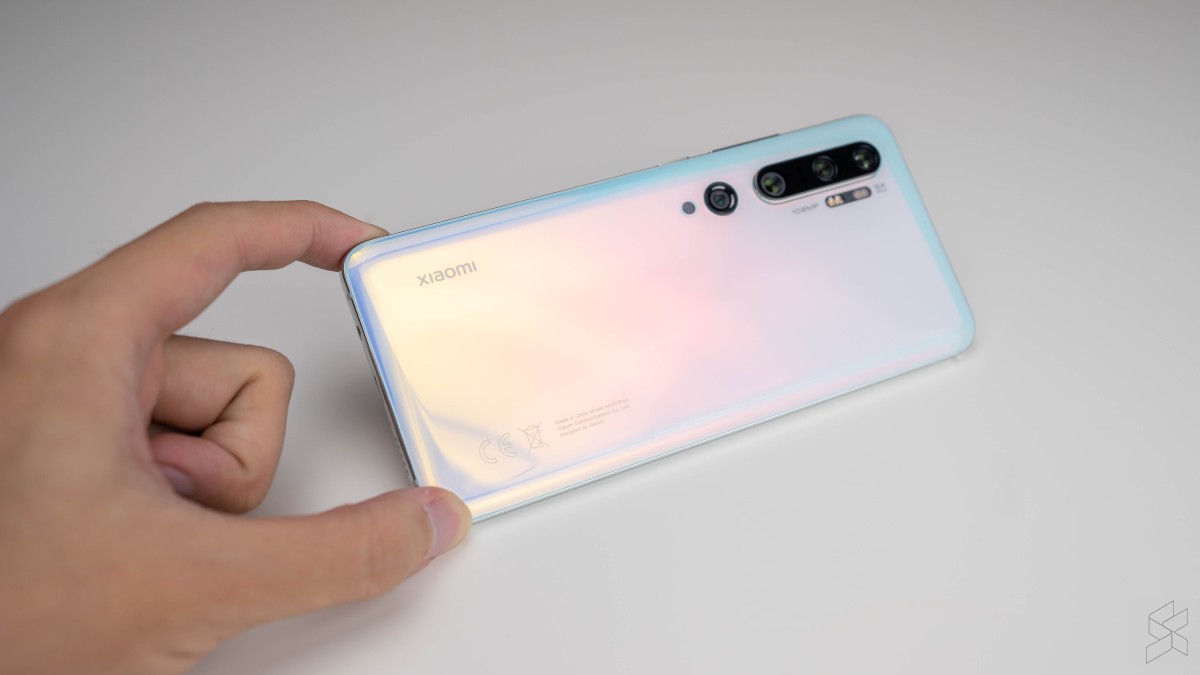
What do you really miss out on?
For the past few weeks, my daily driver has been the aforementioned Xiaomi Mi Note 10. In terms of specs, it’s basically identical to the Mi Note 10 Pro, with the exception of the memory configuration and an extra element in the Pro’s camera lens. And I have to say that, it really doesn’t feel like I’m missing a whole lot from the “flagship” experience.
Performance is still admirable. In terms of daily tasks (soc-med, videos, photography, etc.) the smoothness is practically indistinguishable from the Sony Xperia 1 that I was using before this. The only sluggish thing about this smartphone is its camera app, but I suspect that’s more of a Xiaomi thing because the camera app is terrible on every single Xiaomi smartphone I’ve used, even the flagships.
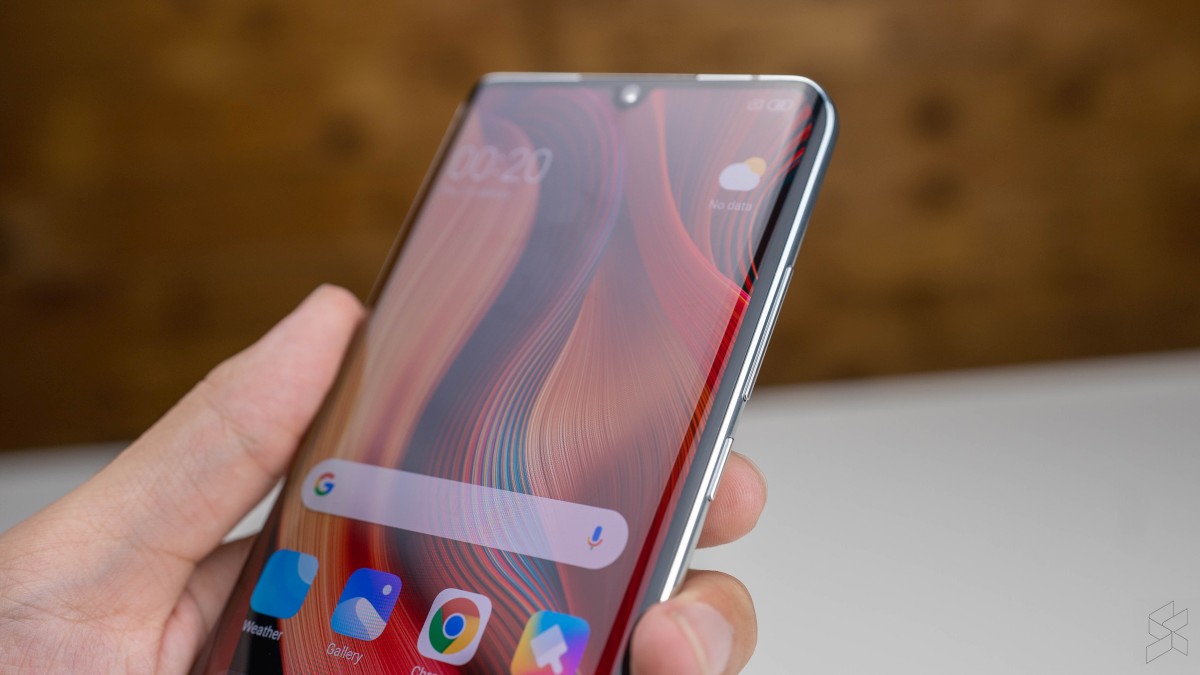
Besides, where Xiaomi “saved cost” with the SoC, they gave the Mi Note 10 a lot of other goodies. It has one of the nicest builds of any Xiaomi smartphone outside of the Mi MIX series. Plus, it’s got a beautiful curved AMOLED display, a very capable camera system and a massive battery to boot.
Gaming. Maybe gaming, was something that would definitely be the difference maker. Here’s the thing though: Even a game like Call of Duty Mobile ran well enough for me on the Mi Note 10 and Galaxy A71 with high graphics settings. There weren’t huge drops in frame rate nor were my movements noticeably sluggish. Perhaps if you were more of a hardcore mobile gamer, you’d notice the difference, but for a casual like me, everything felt very playable with no massive drops in frame rate.
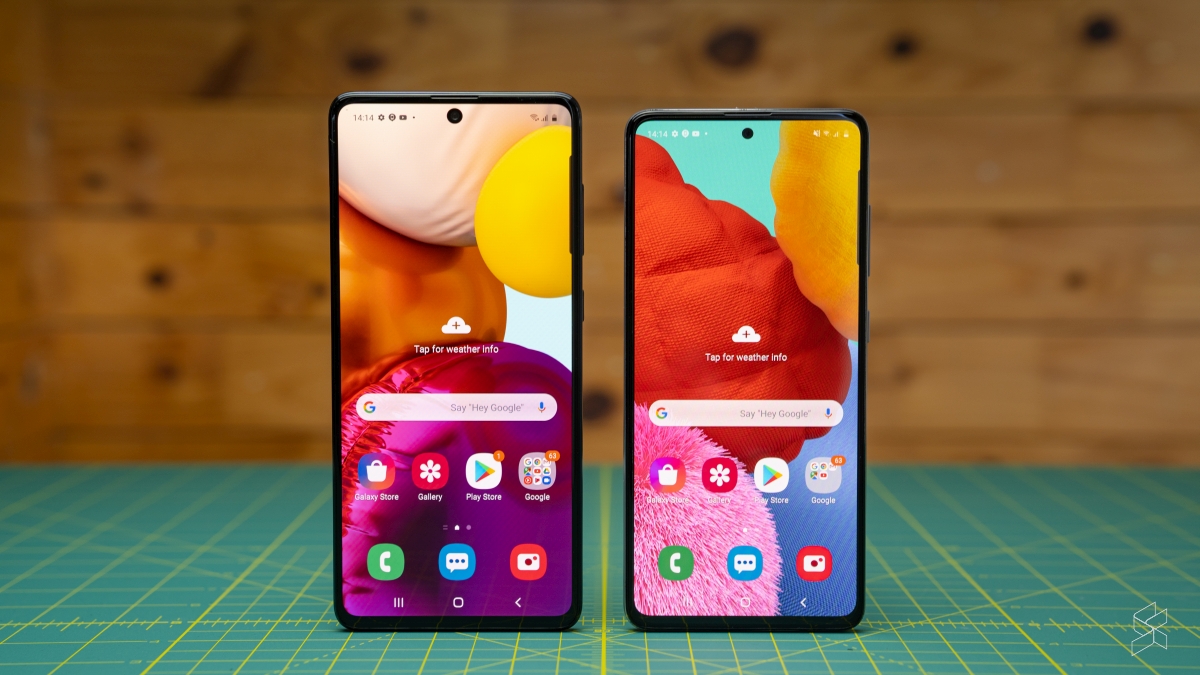
Speaking of the Galaxy A71, when I was writing my first impressions, I took a quick poll around the office about whether my colleagues would pick the A71 over its competition like the Honor 20 Pro and the Mi 9T Pro. While both of the Chinese smartphones packed high-end flagship processors, the Kirin 980 and the Snapdragon 855 respectively, I was surprised that most of them said that they’d pick up the Galaxy A71 instead.
For the post part, the reasons were ones that I agreed with. I think the A71 has better software and I like that it gets access to Samsung’s ecosystem apps like the Samsung Pay and Knox. Plus, the rest of the smartphone is solid enough that you don’t really feel that it will give you a significantly worse smartphone experience compared to the other two. The biggest difference maker once again was the processor, and it turns out that most of the people in the office wouldn’t mind “settling” for a Snapdragon 730.
Which is what got me thinking: does having a flagship processor really matter? Or is it more about providing a flagship smartphone experience?
It shouldn’t matter
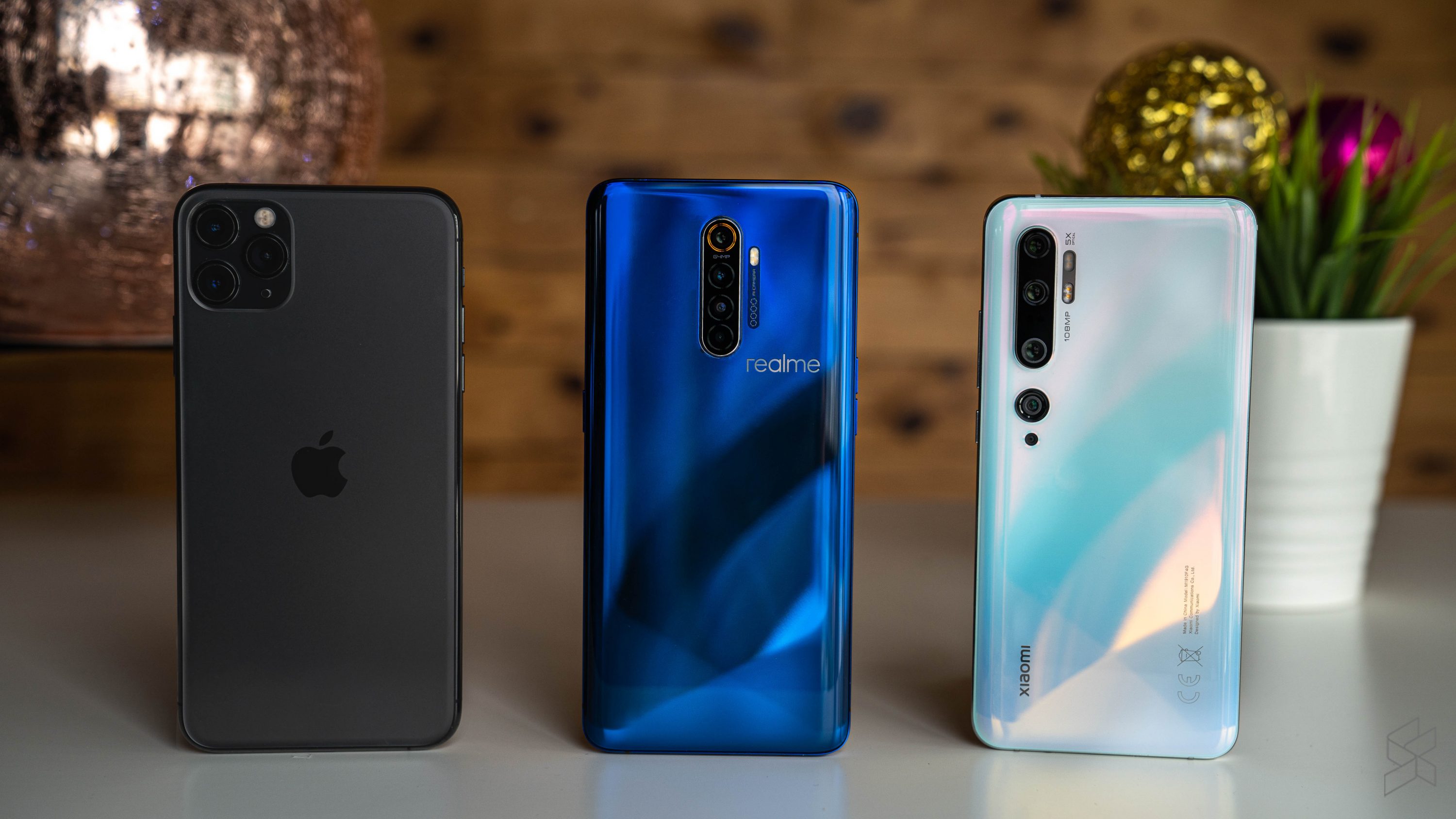
If you ask me, the logical side of my brain says that it’s more about the experience. At the end of the day, it shouldn’t matter what powers a smartphone, it should only matter if it can do what you need it to do. But, the enthusiast in me still struggles to accept that point of view.
That said, I’m not saying that a flagship processor is obsolete. I think the biggest difference–if all else is equal–will be with longevity. In my experience, modern mid-range processors can definitely keep up with a high-end SoC at the beginning of its life, but as the years go on, that will often change.
So I suppose the conclusion here is that it really depends on you. It’s not as clear-cut as it used to be, and I think that’s a really good thing for the consumer. I believe that for the vast majority of users, they won’t need a high-end flagship processor. Something like the Snapdragon 730/730G, for example, should be more than serviceable for the 2-year lifespan of most smartphones.
And, if you’re willing to make that sacrifice, the trade-off is that you should get more in other aspects of the smartphone. Like a fast refresh rate display on the Pocophone X2, a solid flagship-class camera on the Mi Note 10 (buy on Lazada, Shopee), ecosystem features like you do on a Galaxy A71 (buy on Lazada, Shopee), a better build, better battery, the list goes on.
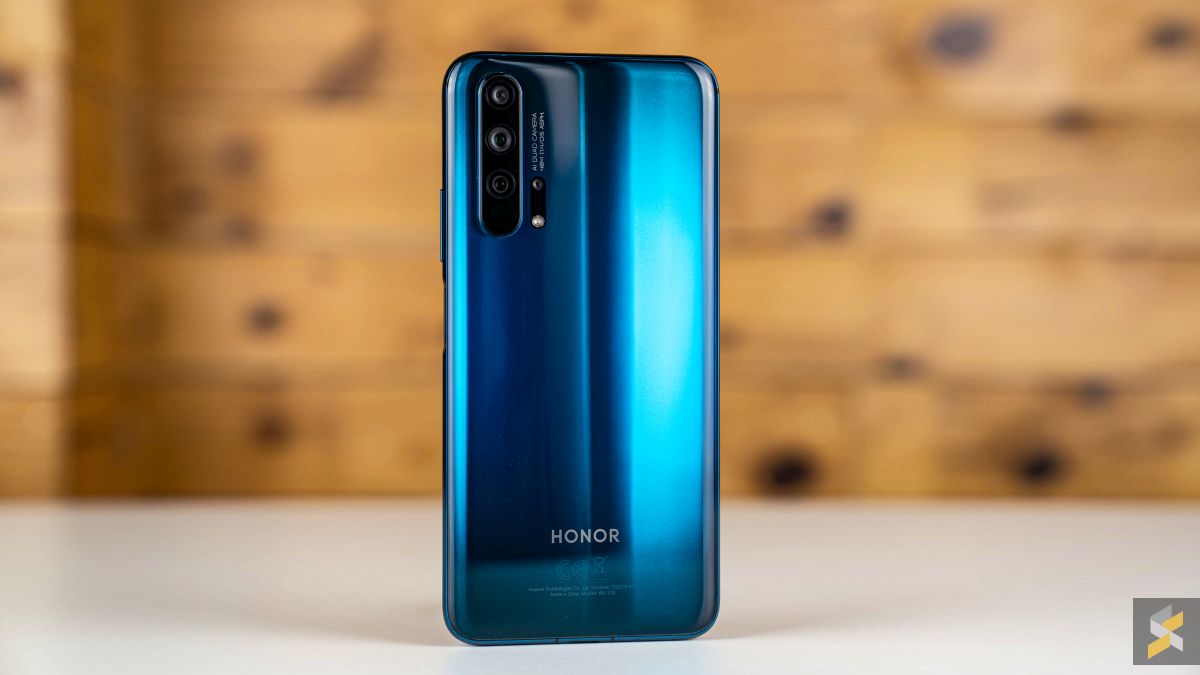
On the other hand, picking power over those features is still entirely valid, and you’ve got plenty of options there too. The Mi 9T Pro (buy on Lazada, Shopee) and Honor 20 Pro (buy on Lazada, Shopee), for example, are great devices that give you all the power you need. Or, if you’re willing to splurge a little more, you can get a Realme X2 Pro (buy on Lazada, Shopee) which is just a super attractive phone for its price.
It’s a lot harder to make the wrong choice or pick up the wrong smartphone now, and that’s great news for budget smartphone hunters.
What do you think about this? I’d love to hear your thoughts in the comments below.








